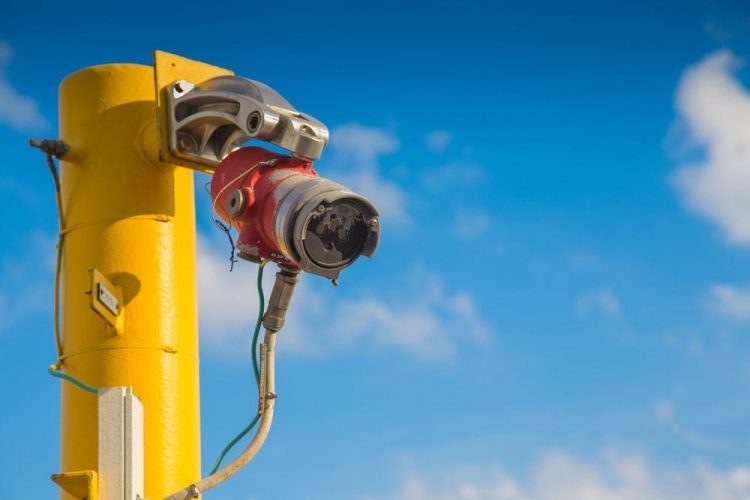Flame detection technology has come a long way over the years. From simple smoke detectors to advanced fire detection systems, the technology has evolved substantially. Flame detection systems are critical in preventing fire accidents, protecting assets, and saving lives. In this blog post, we’ll discuss the improvements in flame detection technology and how it has changed over the years.
One of the most significant improvements in flame detection technology is the move from simple smoke detectors to advanced sensors that can detect fires even before they start. Advanced flame detection sensors use multiple technologies such as infrared, ultraviolet, and visible spectrum to detect flames. These sensors are designed to detect fast-moving fires, slow-burning fires, and smoldering fires. They can also detect flames in challenging environments, such as those with dust, steam, fog, or smoke.
Another significant improvement in flame detection technology is its integration with other systems. Fire detection systems can now be linked to alarm systems, sprinklers, HVAC (heating, ventilation, and air conditioning) systems, and other building management systems. This integration allows for rapid response time in case of fires, evacuation systems, and coordination with first responders.
Flame detection technology has also improved in terms of sensitivity and accuracy. Modern flame detectors now use advanced detection methods, such as infrared and ultraviolet sensors, to detect flames more accurately and with greater sensitivity. Additionally, they can differentiate between real flames and false alarms generated by other sources, such as sunlight or reflected light, eliminating nuisance alarms and false positives. Some newer flame detectors also come equipped with the ability to detect multiple types of flames, improving their ability to detect different types of fires accurately.
The use of artificial intelligence (AI) and machine learning (ML) has also greatly enhanced the performance of flame detection systems. AI and ML algorithms can analyze the data from sensors in real-time and detect anomalies, patterns, and trends that indicate potential fire hazards. This enables proactive measures to be taken before a potential fire can start.
Lastly, flame detection technology has improved its connectivity and remote management capabilities. Advancements in networking, cloud computing, and internet-of-things (IoT) have enabled remote monitoring and management of fire detection systems. This allows for real-time data analysis, system performance monitoring, and remote systems updating.
In conclusion, flame detection technology has come a long way in recent years, with significant improvements in sensitivity, accuracy, integration, and connectivity. The advancements in AI, ML, and networking technologies have taken flame detection to a whole new level, enabling early detection, prevention, and rapid response to fire emergencies. As technology continues to evolve, we can expect even more advanced and resilient flame detection systems that will help protect lives, property, and the environment.

